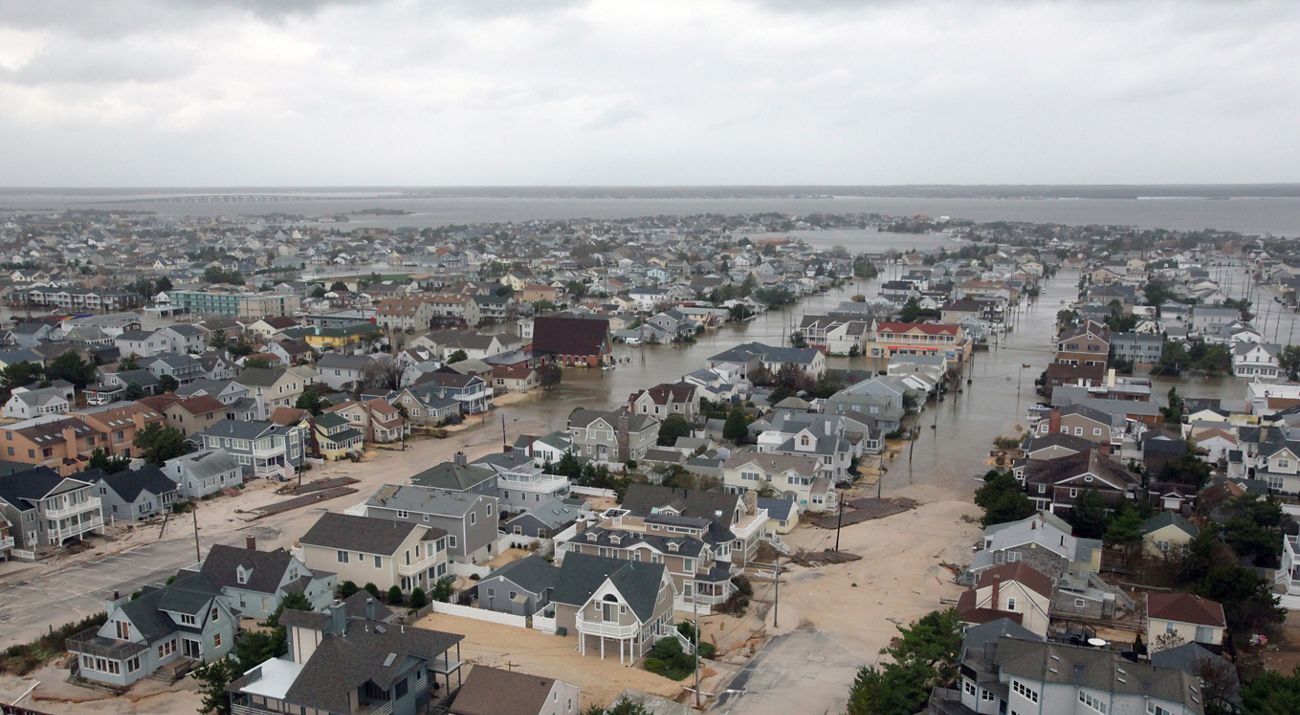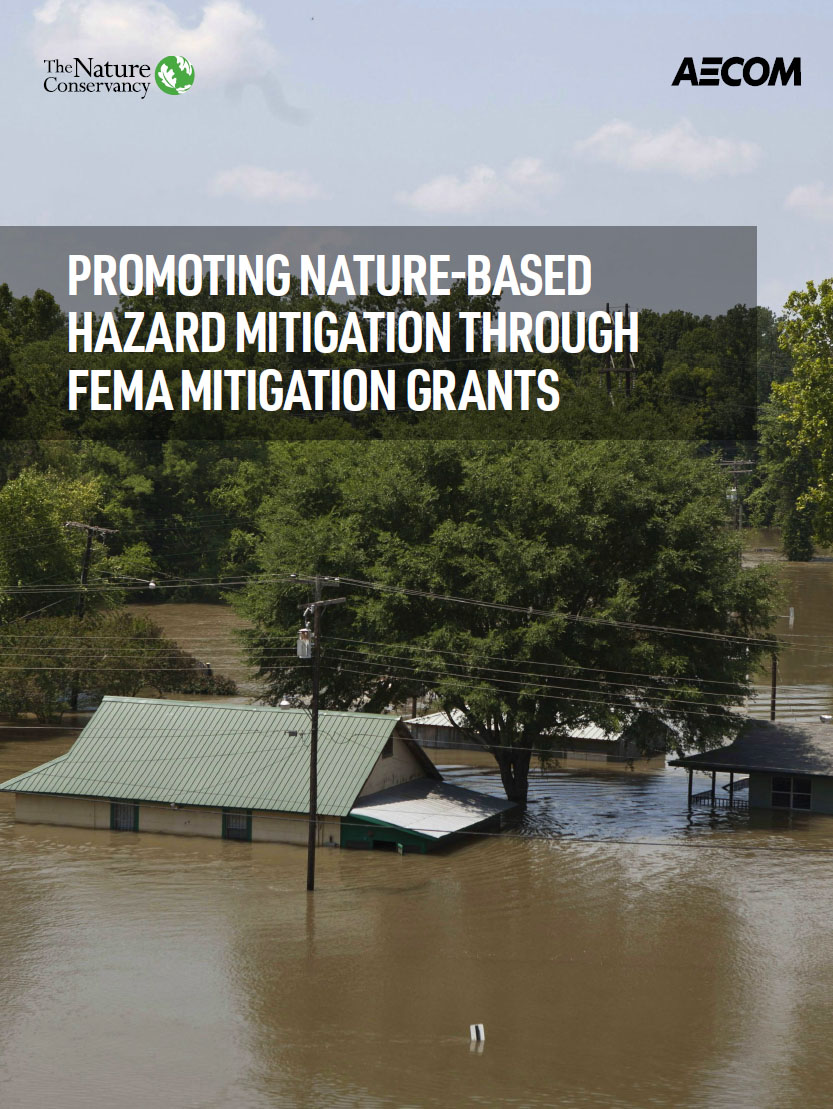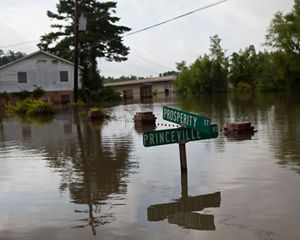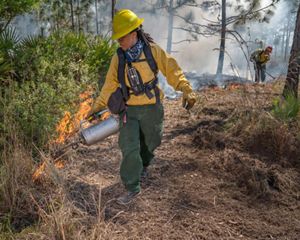
Nature’s Role in Mitigating Damages from Storms, Wildfires
TNC Guidebook Promotes Nature-Based Solutions
The Guidebook for FEMA Hazard Mitigation Grants
Promoting Nature-Based Mitigation Through FEMA Mitigation Grants
Download the GuidebookIn 2020, the United States set an alarming new record. An unparalleled number of catastrophic storms produced the greatest number of billion-dollar disasters in a single year since the National Oceanic and Atmospheric Administration (NOAA) began tallying disaster costs—reaching some $95 billion dollars and resulting in the deaths of more than 260 people. But, unfortunately, 2020’s total disaster costs rank just fourth on NOAA’s list, equaling only about 30 percent of the damages we saw just a few years earlier in 2017.
While a record breaking 30 named storms played a major role in reaching this concerning milestone of most billion-dollar disasters in a single year in the U.S, an uncharacteristically severe and destructive wildfire season clearly added to these numbers, as 2020 was the most active wildfire year on record in the nation.
Sadly, these statistics represent a trend moving in the wrong direction, as we continue to witness increasingly devasting storms and wildfires wreaking havoc on peoples’ lives, our economy and our environment.

Traditionally, “gray” or “hard” infrastructure solutions that rely on engineering projects using concrete and steel have dominated efforts to manage risk and mitigate hazard impacts for communities. For example, seawalls and revetments have a long history of protecting coastal infrastructure. Similarly, preferred building materials in wildfire-prone areas has transitioned from wood to stone, steel or composites. Although these approaches have been effective in providing site-specific hazard mitigation, the focus is shifting toward holistic solutions that have an eye towards natural processes to provide increased resilience.
Often referred to as “nature-based solutions,” these types of projects have proven to provide effective means for hazard mitigation that address flooding—both along our coasts and rivers—and they have shown their ability to bolster environmental, economic and social co-benefits at considerable cost savings for U.S. taxpayers over the long run.

The Federal Emergency Management Agency (FEMA) is now embracing nature-based solutions as viable and preferred hazard mitigation solutions and has expressed a specific interest in funding them through Hazard Mitigation Assistance (HMA) grants. Yet, significant administrative challenges remain on securing funding for nature-based projects. To support the momentum for investing in nature-based projects, The Nature Conservancy has worked with AECOM, an engineering firm, to develop a new guidebook titled “Promoting Nature-Based Hazard Mitigation through FEMA Mitigation Grants.”
This page is primarily intended to reach those individuals who can influence the types the of solutions that help increase the resiliency of the communities in which they live, while also realizing more social and environmental benefits, like improved flood- and wildfire-risk reduction, better water quality and wildlife habitat.
Thank you for your interest in ways in which nature itself can help solve these ever-growing problems.
Download
Promoting Nature-Based Mitigation Through FEMA Mitigation Grants
Download

